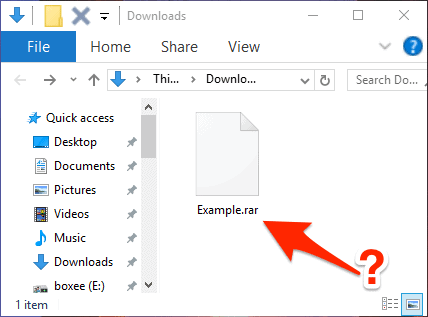


If you want to make The Unarchiver ask you in which folder to extract the files every time you double-click on an archive in RAR format, call up the main application window via the macOS Launchpad, select the tab Extraction from the window that opens and set the option Request a destination folder in the drop-down menu Extract archives to.įrom the same tab you can also activate the function for move the extracted archives to the Trash e open the extraction folder at the end of the decompression operation. If this does not happen, refer to the instructions in the initial chapter of this tutorial. In the case of multi-volume archives you will have to copy all the RAR files into the same folder and double-click the one with the lowest number (ex. This means that you just need to double-click on any file in RAR format to extract its contents into the current folder. So press on the button Get / Install the app, enter your Apple ID password (if requested) and that's it.Īt the end of the download and installation, which takes place completely automatically, The Unarchiver should automatically set itself as the default application for managing compressed archives. To download it on your Mac, connect to this web page and click on the button See in the Mac App Store to open the Mac App Store. It also allows you to extract the contents of ISO and BIN image files and Windows executable (EXE) files. Supports standard RAR files, those split into multiple volumes and those protected by password opens ZIP files, 7Z files and many other compressed archive formats. The reason? Simple: it is a software that does only one thing: extract compressed archives, and it does it well.

The Unarchiver is one of the most downloaded free applications from the Mac App Store. In the window that opens, expand the section Open with, select the software of your interest from the drop-down menu that appears below and click on the button first Edit all and then Continue to save the changes. To “manually” choose the program with which to open RAR files, you have to do this: select a any archive in RAR format, right-clicking on it, and choose the item Get information give the menu to compare. Many of the software that I will talk about shortly are automatically set up as programs for opening compressed archives after their installation, but others do not, so you have to act "manually". Before getting to the heart of this tutorial and recommending the best programs for open RAR files on Mac, it seems only right to explain to you how to set a software so that it automatically opens compressed archives (including those in RAR format) by double clicking on them.


 0 kommentar(er)
0 kommentar(er)
